Head of Communications and Analyst Relations, 4G Americas: “We are seeing such incredible innovation and growth in the mobile broadband wireless industry.”
Vicki Livingston, Head of Communications and Analyst Relations, 4G Americas chaired the ‘The future of LTE’ track at the recent LTE North America conference, which took place in Dallas, Texas, and hosted the LTE North America 2013 Awards. Here she gives here insight into the challenges facing operators in the coming year and what were her key take-away from the conference.
What do you think will be the biggest challenges as US LTE evolves in the coming year?
Among the challenges facing mobile network operators in the US is the need for more spectrum, specifically internationally harmonised spectrum. The President and the FCC have recognised that to remain a leader in mobile innovation, the US must allocate 500MHz of spectrum over the coming years for mobile broadband services to serve society and to continue enabling innovation, connectivity and the economy. The right steps are being taken already; for example, with the November letter from the National Telecommunications and Information Association (NTIA) endorsing the repurposing of federal spectrum for commercial mobile broadband as recommended by the private sector. NTIA’s letter will help to free up the valuable 1755-1780MHz spectrum, allowing it to be paired with the 2155-2180MHz band that is internationally harmonised for deployment of mobile broadband LTE technology.













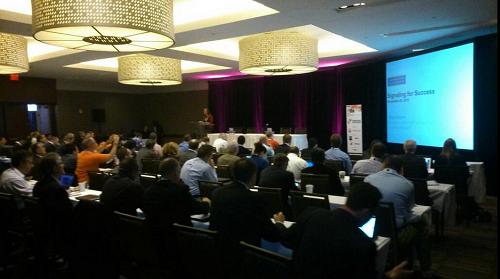




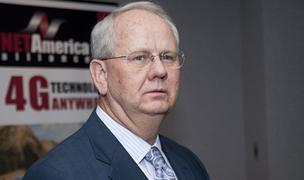


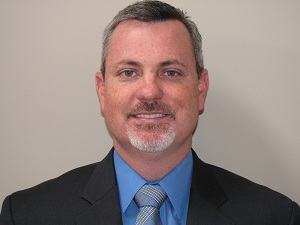

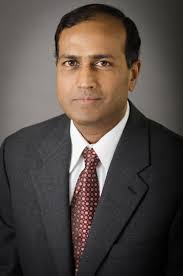


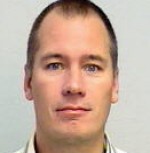

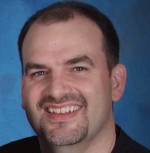


Written by Benny Har-Even
on 27 Nov 2013
Leave a comment